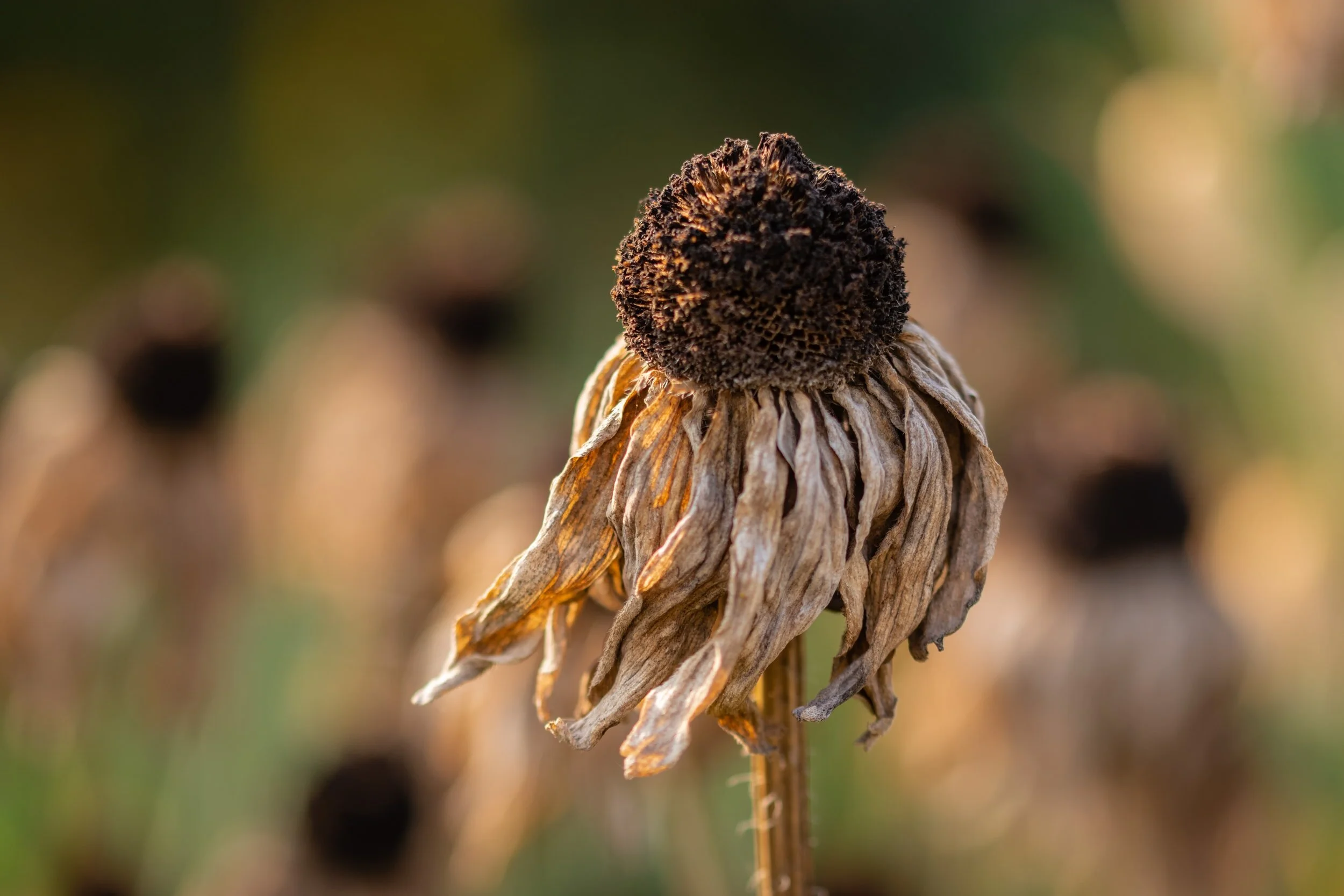Deadheading means removing withered or dead blooms from a flowering plant. This is done to keep a flower garden looking tidy and to encourage more flowers to grow.
“Not all plants continue to produce flowers after they have been deadheaded,” note Sean and Allison McManus in their book, The First-Time Gardener: Growing Plants and Flowers. “Some (peonies, tulips and rhododendrons, for example) bloom once a year and then they’re done, but many others produce a flush of new blooms when the spent flowers are removed.”
Flower blooms that benefit from deadheading include cosmos, delphiniums, hollyhocks, hardy geraniums, some daisies, marigolds, petunias and zinnia.
To deadhead, use hand shears, florist scissors, a small knife or fingers (pinching with thumb and index finger). With a clean cut, remove the faded flower and its stem so long as there are no unopened buds on the stem. Compost the cuttings and look forward to tomorrow’s blooms.
